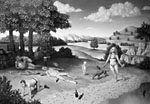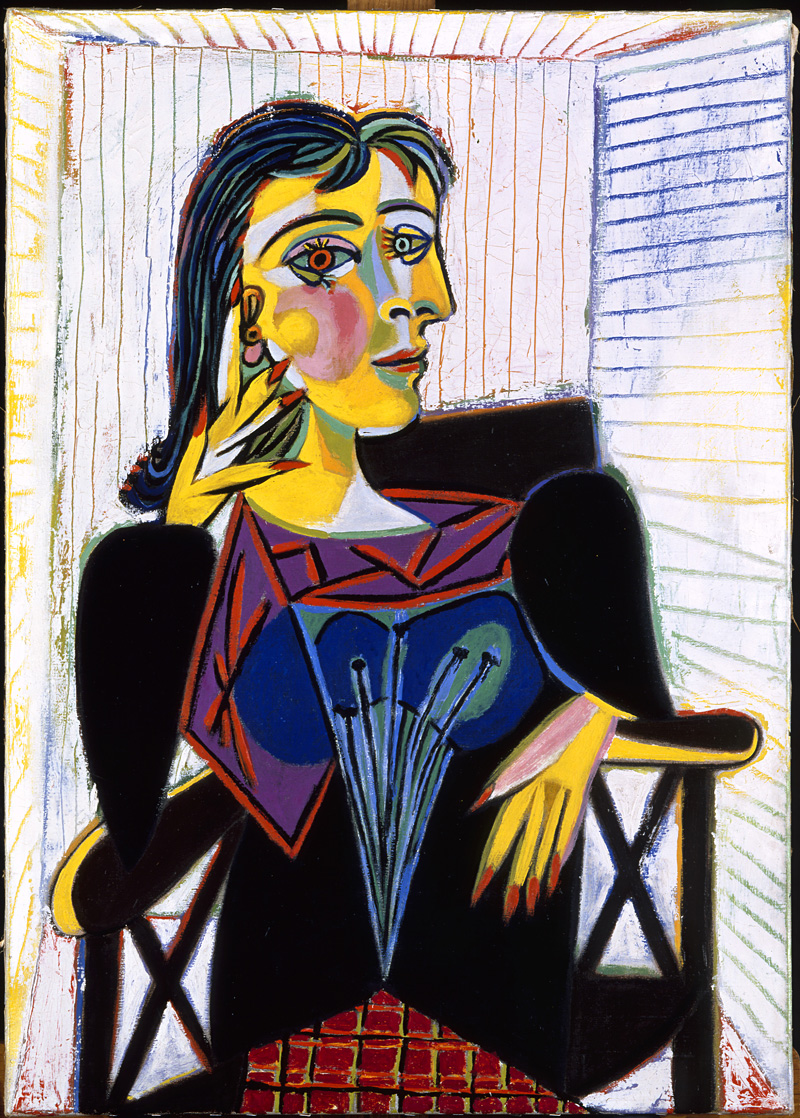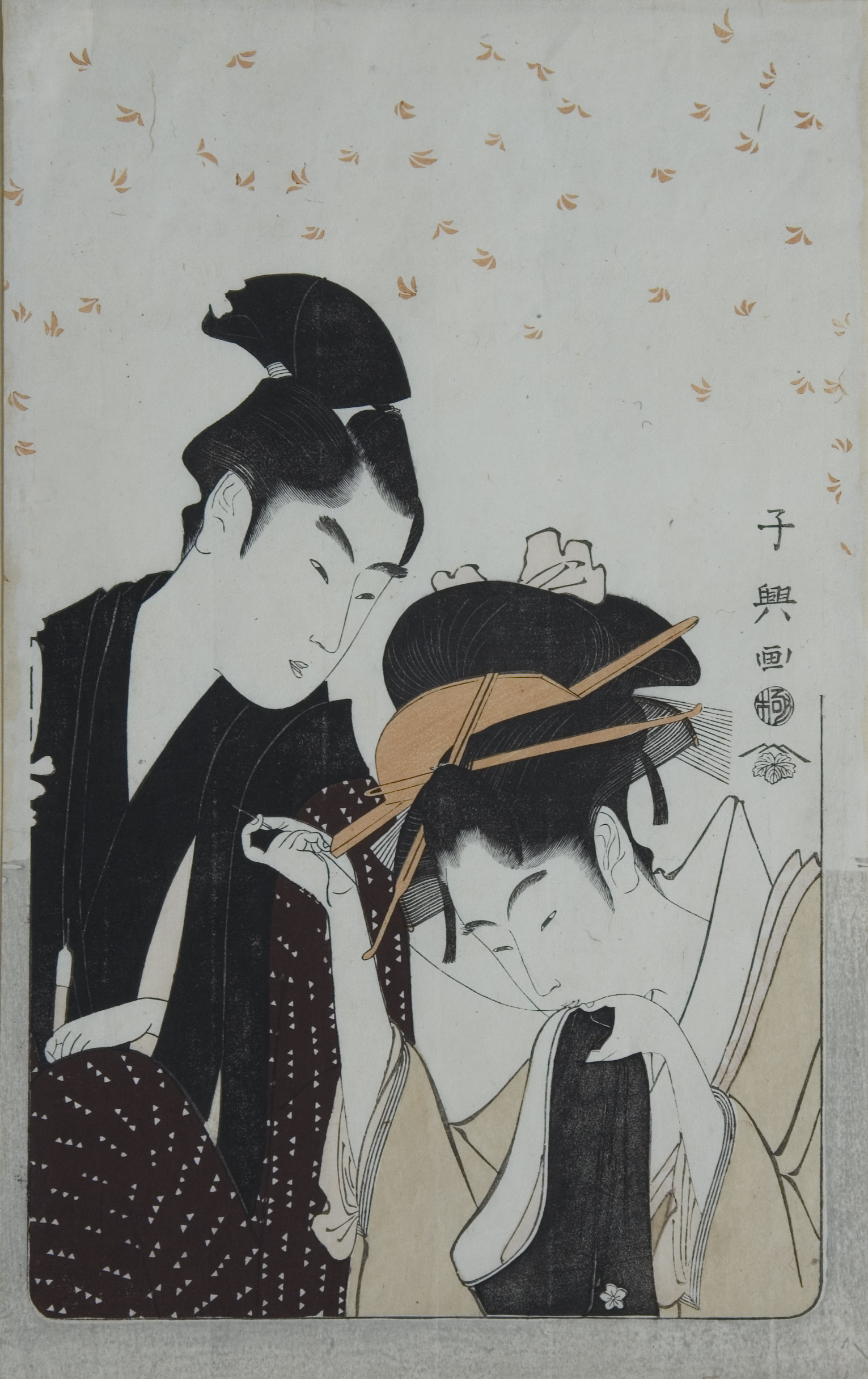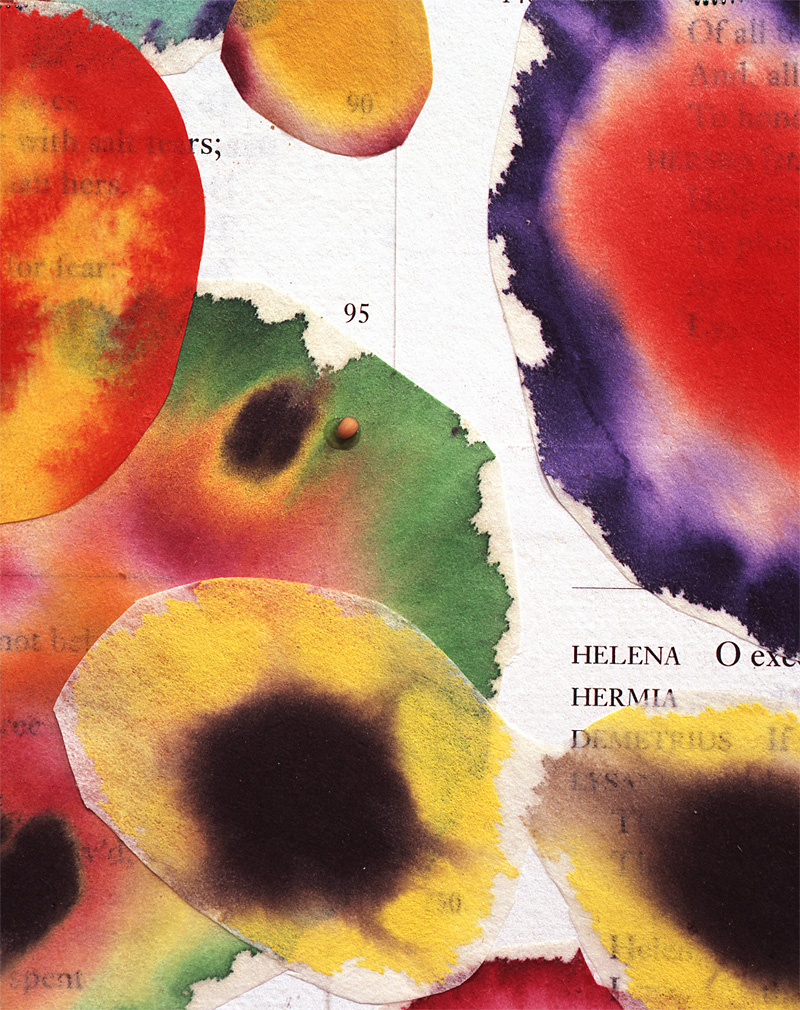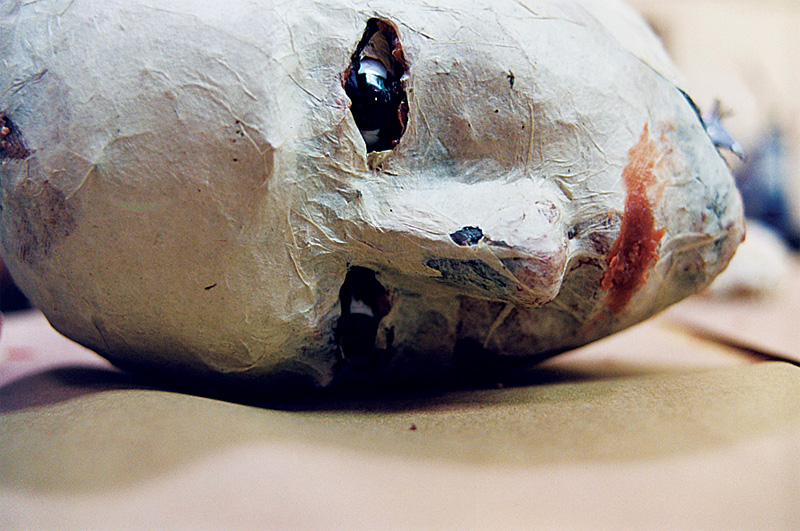This year’s Northwest Annual is curated by maverick conceptual artist Mike Bidlo, an iconoclast celebrated for his reverent, playful appropriations of 20th-century art. Bidlo once juxtaposed Georgia O’Keeffe’s orgasmic female flowers behind Duchamp’s 1917 ready-made urinal Fountain, and recently earned acclaim in New York for his drawings derived from the Duchamp urinal.
Northwest Annual
COCA through March 11
Jon Swihart: A Place Apart
Frye Art Museum through February 6
So it’s no wonder, then, that Bidlo’s subversive intentions, as well as his attention to art history, leap from COCA’s walls. Bidlo chose 28 Northwest artists, and each one has a distinct presence. Marion Peck was awarded one of the show’s two honors for her painting Bacchanal ’79, a stylized pastoral scene with mock-Renaissance foothills and what could be the Cascades in the distance.
“It’s a painting about being drunk,” Peck said during an introductory gathering. She creates a pastiche of early American landscape painting, but with other references added to the mix: A young woman in a bikini nearly floats along the beach holding a beer can, gazing at the sky as if in epiphany. A dog, a chicken, and a shirtless man on all fours, apparently upchucking, are nearby on the grass. Another guy is passed out, bottle still clutched in hand. It’s a storybook scene, where fantasy meets utter banality, a mockery of paintings of religious revelry and standard pastoral scenes—with a low-art, trailer-park attitude. Here in this faux garden of Eden, these people are puking their guts out. Peck knows what she’s doing, and her work would command attention even if Bidlo hadn’t singled it out.
Bidlo also honors Joseph Robbins’ Anna and Ernie, a strange sculptural portrait of Robbins’ parents, their heads carved from salt licks, facing each other atop pillars of canning jars. Robbins gets folk-arty in his use of ordinary materials, but again, it’s funny, with a nod to Marisol’s average people turned totems and Kienholz’s creepy suburban undertones. They’re like alien gods denoting obsessive domestic behaviors (his mother Anna canned things seemingly compulsively). Brad Miller’s Feeding Tube is hilarious, smart, and totally original: Surrounded by a tube of water, pea plants in the shape of the United States reach up toward a turned-on TV set hanging from the ceiling. The artificial life of TV is germinating growth and mindless uniformity all over the nation. There’s much more, from Carol Adelman’s I, Eye, which packs the authority of a monumental work into a small, beautifully painted triptych, to attention-grabbing photos by Henry Kiner (Empty) and Doug Keyes (The Holy Bible).
To make a cohesive show out of 1,200 entries is hard. Most annuals feel random, scattered, and overcrowded, more like swap meets than coherent statements. But Bidlo’s work is evident here in the expression of his own distinct sensibility. It may not be the final word on who’s who in the Northwest, but it clearly reflects his enthusiasm for work that looks idiosyncratic, committed, and, in the end, vernacular.
At the Frye, Jon Swihart’s “A Place Apart” strikes a solid blow for realist art. His incredibly virtuosic, often untitled small oil paintings on wood panels recall the style of Bouguereau and Gerome, with their great concern for naturalistic detail, symbolic grandeur, and satiny surfaces. Swihart paints people as if they inhabited timeless tableaux. Their postures are frozen, their expressions preserved for eternity. Painted painstakingly with small brushes, they have a quality of light that makes them uncannily real.
A Southern Californian in his 40s, Swihart won the career-making Readers’ Digest residency at Giverny. He poses ordinary people in enigmatic, ritualistic relationships. In one untitled piece, two youngish men kneel by a shoebox outside a city; skyscrapers loom in the distance. A solemn young woman approaches them, and they present the shoebox like it’s a religious offering. They’re common types, with faces like you’d see in the grocery store, only beatific and immaculately painted. They don halos as well as Kmart couture. Swihart conveys a feeling of contemporary culture haunted by a ruined past: broken concrete, rubble, forgotten shacks. You look at these paintings and can almost hear the wind blow. “A Place Apart” is aptly named; these everyday people take you into another world.
